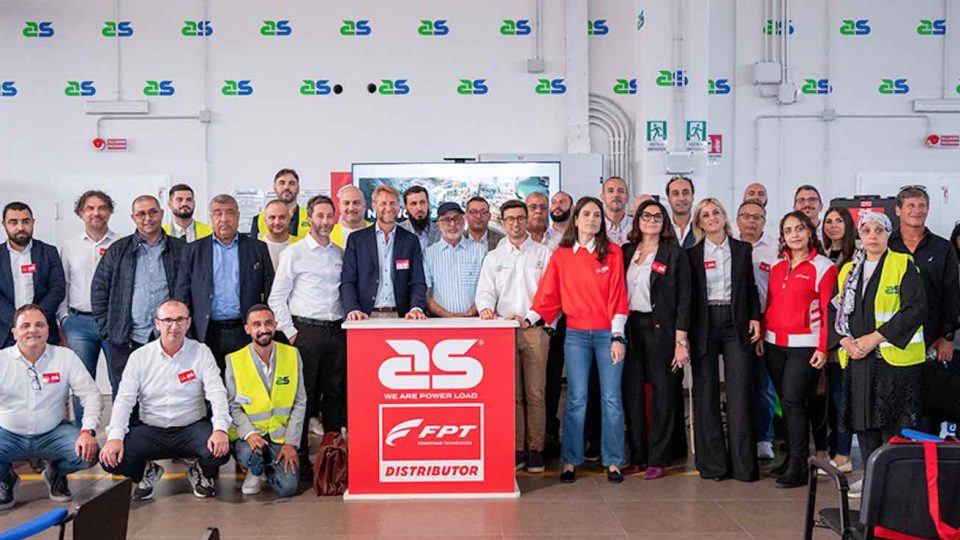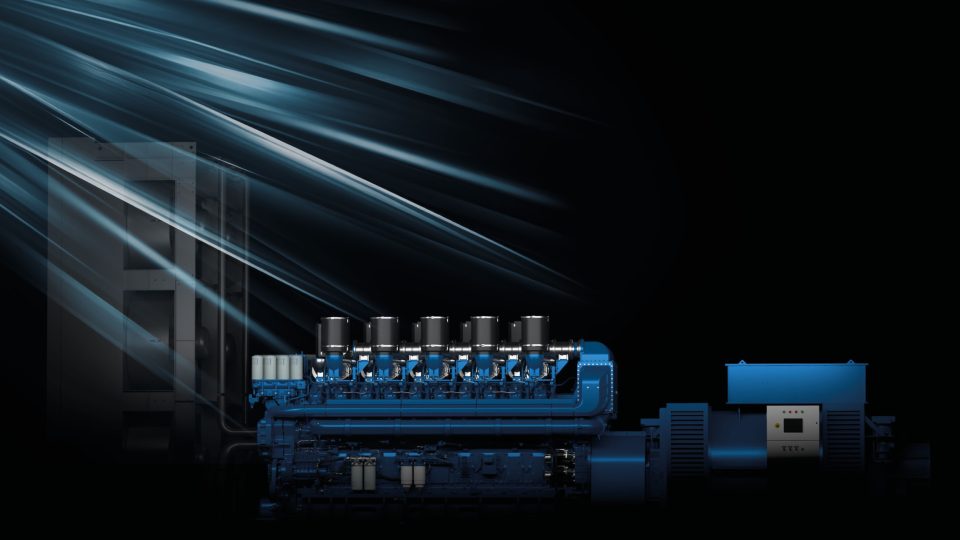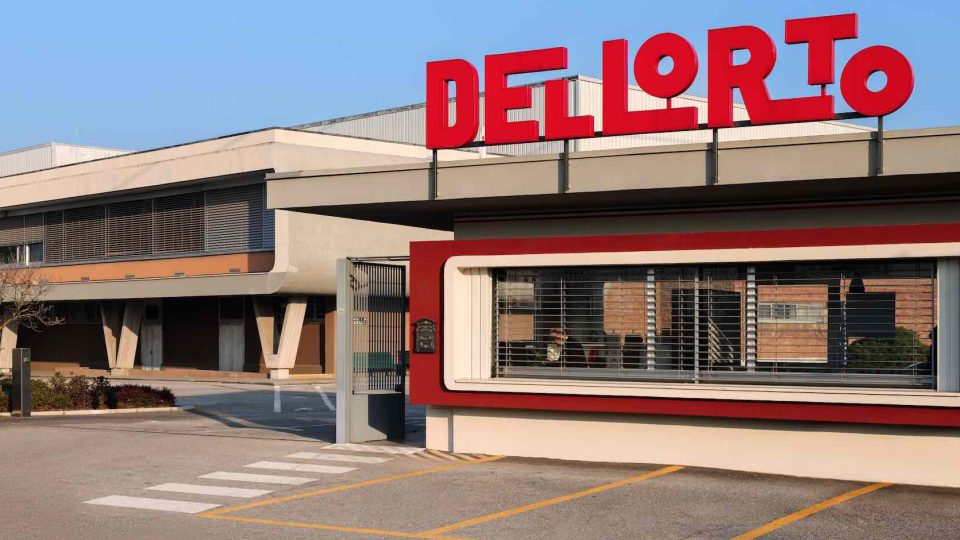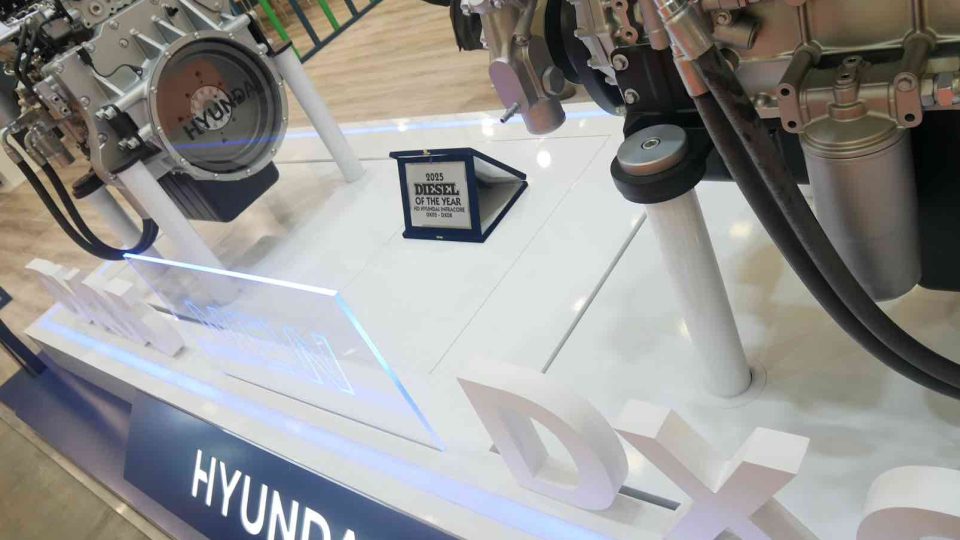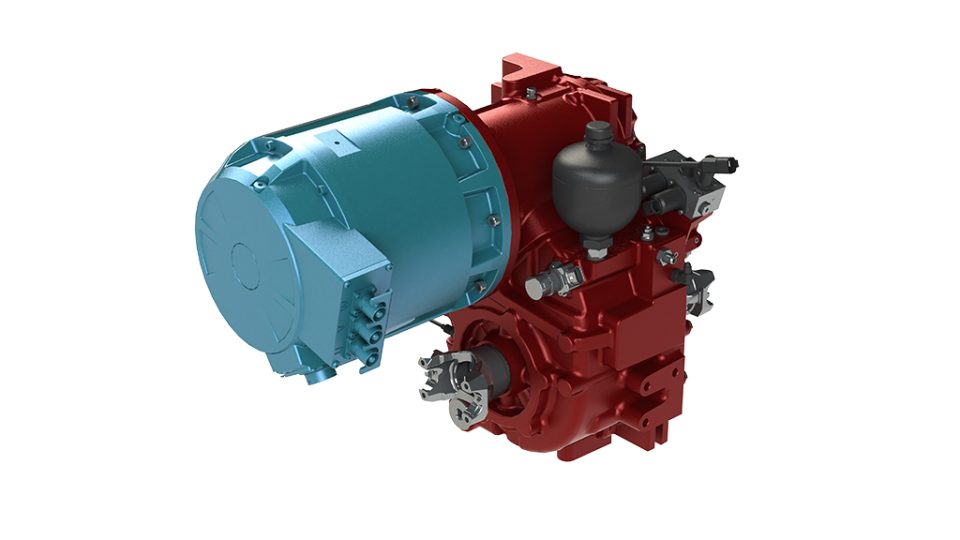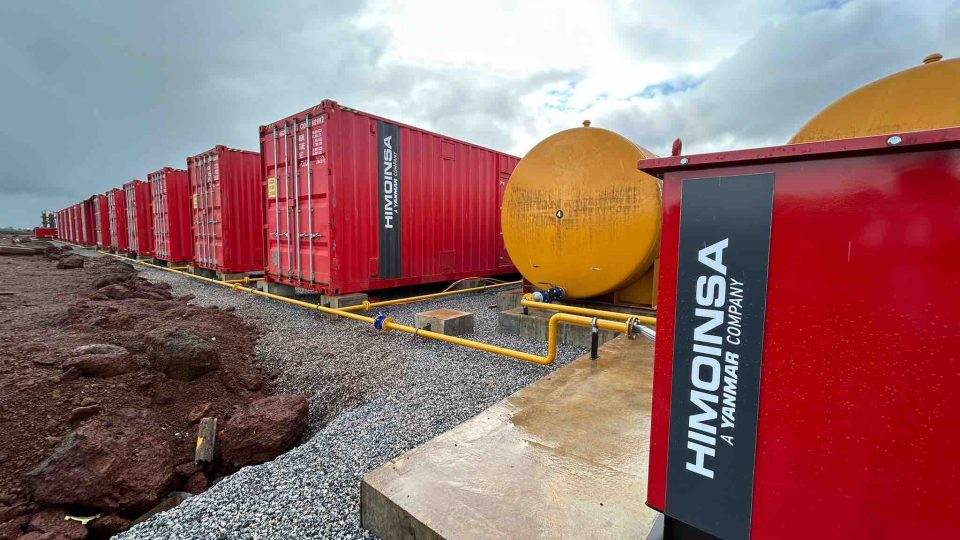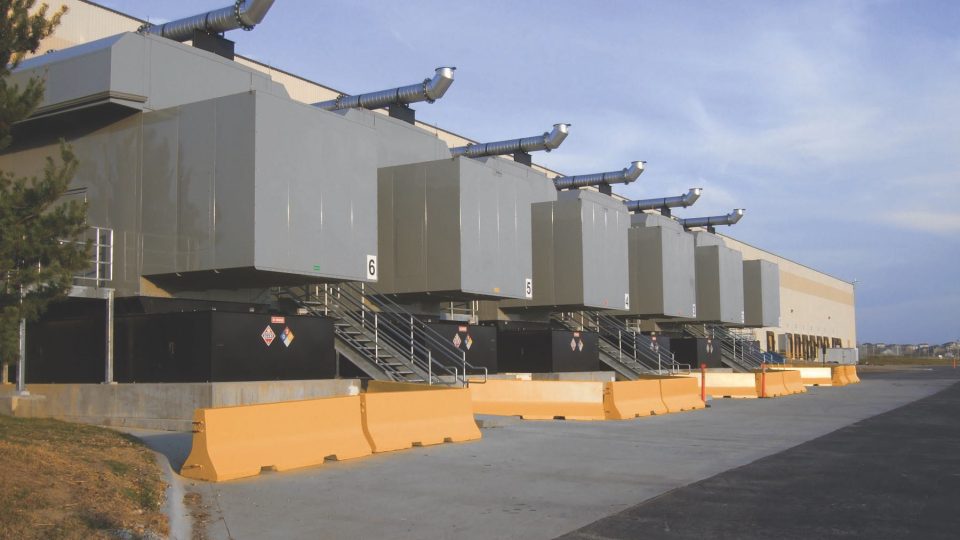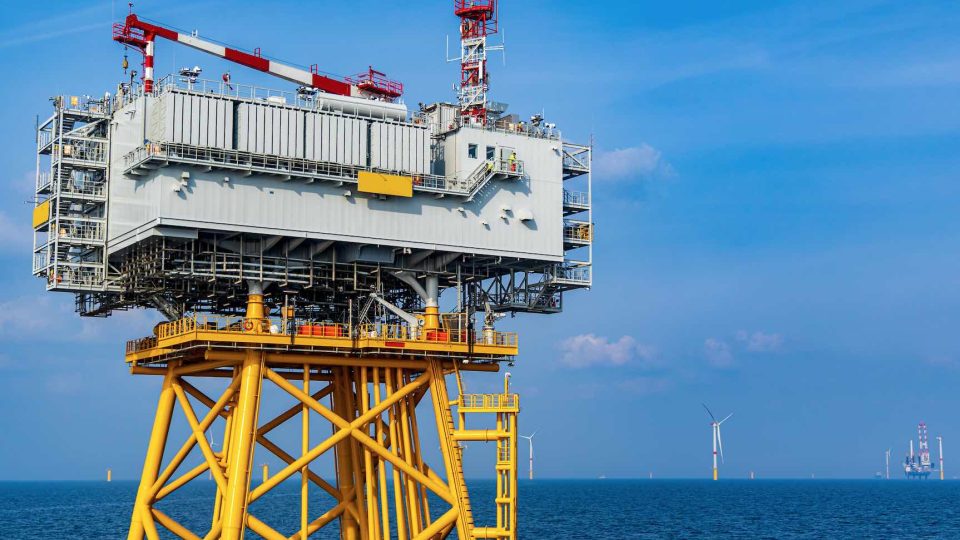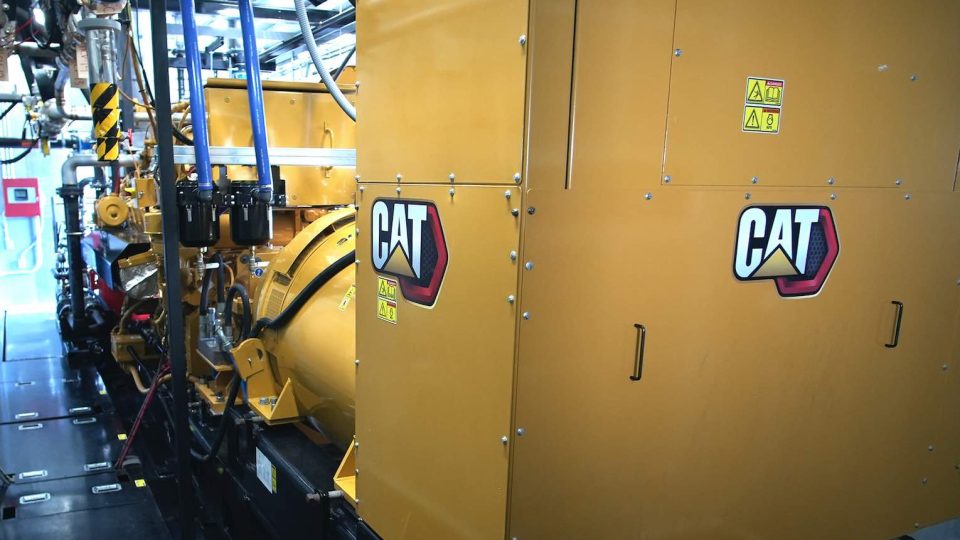Perkins 2806J-E18TAG1
Perkins announced a new addition to the range, the 2806J-E18TAG1 ElectropaK
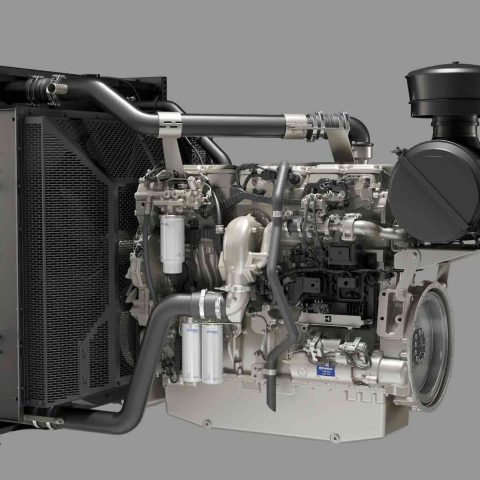
The 2806J-E18TAG1 ElectropaK is Peterborough’s latest power generation product. The 18-litre completes the top of Perkins’ PG range along with the 5000 series.
Specs and figures of the Perkins 2806J-E18TAG1
The 2806J-E18TAG1 produces up to 610 kVA at 50 Hz and is switchable to 60 Hz, delivering up to 625 kVA. The ElectropaK features the latest electronics with a single, on-engine electronic control module (ECM) that simplifies wiring harnesses, eases installation, supports future diagnostics and is fully capable of integration with customers’ telematics solution. The ECM also manages all aspects of aftertreatment operation and regeneration without operator input. Regeneration occurs automatically with no impact to performance, maximising uptime. Available as a standalone service from Perkins or easily integrated with generator equipment manufacturers’ offerings, connected engine capabilities deliver timely insights through a customisable dashboard of performance, fuel and oil consumption, and other vital engine data points that assist in maximising the uptime of Perkins-powered equipment. These connectivity offerings are seamlessly integrated with expert maintenance and service capabilities from the Perkins global distributor network to prompt the proactive diagnosis and resolution of engine issues, helping technicians provide solutions and minimise downtime and repair expenses.
Perkins achieved ISO 8528-5 G2 with the 2806J-E18TAG1
The 2806J-E18TAG1 by Perkins is ISO 8528-5 G2 compliant. This ISO standard pertains to the performance requirements of generating sets. The ISO 8528-5 standard defines various performance criteria and parameters that a generator set should meet, such as load acceptance, voltage regulation, and transient response. G2 is a specific category within this standard that likely indicates a certain level of performance and reliability. The 2806J is versatile for a wide range of applications. The generator’s seamless performance and excellent load acceptance indicate that it can handle varying electrical loads smoothly, without significant fluctuations or disruptions. This makes it suitable for critical installations like hospitals and data centers, where a stable and dependable power supply is crucial. Overall, the 2806J generator appears to be a reliable and adaptable solution for various power generation needs, ranging from standard applications to more critical and demanding scenarios.
Jaz Gill
“Reliable electric power is not an option, it’s a fundamental need to keep operations running, whether that’s for standby when the mains power fails or to meet onsite prime power requirements,” says Jaz Gill, Vice President of Global Sales, Marketing, Service and Parts. “Our engines are engineered and expertly crafted to provide reliable, stable and sustainable power for our customers, with the new 2806J being the latest in a long line of products that also deliver a low total cost of ownership.”

